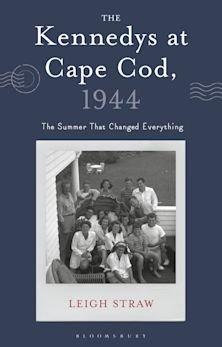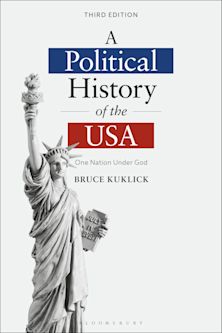- Home
- ACADEMIC
- History
- Political History
- The Two-State Solution
The Two-State Solution
The UN Partition Resolution of Mandatory Palestine - Analysis and Sources
The Two-State Solution
The UN Partition Resolution of Mandatory Palestine - Analysis and Sources
You must sign in to add this item to your wishlist. Please sign in or create an account
Description
This timely work, contributed by noted authorities, explains the crucial events in the history of the Israeli-Palestinian conflict that led to the UN resolution to partition Palestine into two states on November 29, 1947.
The book first analyzes the historical context of UN resolution 181, including the positions and internal debates of the Jewish and Arab parties and of the international community. It then introduces primary sources related to the resolution, such as protocols, letters, reports, and speeches, some of these published for the first time in English. By combining in-depth analyses with such sources, the book provides a rich and comprehensive overview of the subject from a variety of perspectives. It shows that the arguments for a two-state solution, i.e., a Jewish state along a Palestinian state, are as relevant today as they were then. Featuring both Israeli and Palestinian points of view, this significant work renews the debate that has shaped --and is still shaping-- the Arab-Israeli conflict. It will be an essential resource for anyone interested in the past and future of Israel and Palestine.
Table of Contents
Ruth Gavison
Part I. The Partition Resolution
1. The Zionist Debates on Partition (1919-1947)
Itzhak Galnoor
2. The Positions in Support of the Partition PlanAlexander Yakobson
3. Palestinians and the Partition Plan
Mustafa Kabba
4. The Position of the Arab Representation vis-à-vis the Partition Plan: The Crime and Its Punishment
Nazier Magally
5. The November 29th Resolution: Then and Now
Ruth Gavison
Part II. Sources
First Crossroads: Peel Commission, 1937 Second Crossroads: The Anglo-American Inquiry Commission, March-April 1946
Third Crossroads: UNSCOP - Establishment, Efforts, and Recommendations, May-September 1947
Fourth Crossroads: United Nations Resolution, November 29th, 1947
Fifth Crossroads: Following the Resolution
Product details

| Published | 20 Jun 2013 |
|---|---|
| Format | Ebook (Epub & Mobi) |
| Edition | 1st |
| Extent | 304 |
| ISBN | 9781623560799 |
| Imprint | Bloomsbury Academic |
| Publisher | Bloomsbury Publishing |
About the contributors
Reviews
-
This rich and insightful book combines a historical-political analysis of the Partition Resolution and of its ensuing consequences with an evaluation of its enduring relevance. The book offers illuminating insights by Jewish and Palestinian scholars who virtually bring to life the intense debates within both communities about the idea of partitioning Palestine/Eretz Yisrael and specifically the Partition Plan. The contributions are complemented by an extraordinary rich collection of sources that shed comprehensive light on the discussions that led to the decisions that shaped the evolution of the struggle for statehood in Palestine/Eretz Yisrael. Despite the very many years that elapsed since, these debates and decisions, and their consequences, still resonate. They are still pertinent to understanding the conflict and the possibilities for its resolution. This book provides an invaluable and indispensable key to the understanding of the history of Zionism, the struggle in Palestine/Eretz Yisrael and its ultimate resolution.
Eyal Benvenisti, Anny and Paul Yanowicz Professor of Human Rights, Tel Aviv University Faculty of Law, Israel, Endorsement
-
Ruth Gavison and her colleagues have directed attention to the historical, political and fundamental moral issues of the origins of United Nations General Assembly Resolution 181 of 29 November 1947, generally referred to as the UN Partition Resolution. Whether or not there is in fact a decline in the level of Israeli (and Palestinian) intellectual and moral acuity in addressing such existential concerns as were faced in the lead-up to1947, the overall result achieved in this instance is an eminently readable volume which is as stimulating, perplexing and challenging for an open-minded reader as the conflict itself.
Robert Bowker, Australian Journal of Politics and History

ONLINE RESOURCES
Bloomsbury Collections
This book is available on Bloomsbury Collections where your library has access.



































